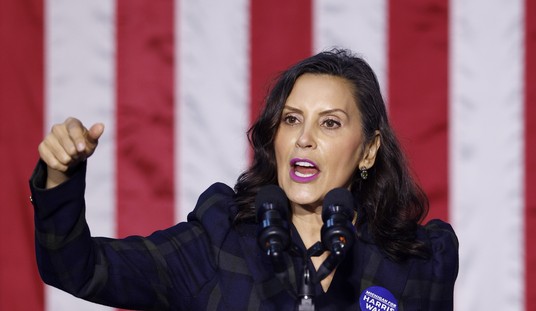If we could start over from scratch in building our public education system, how would we do it? In New Orleans, that question was far from academic in 2005 after the devastation of Hurricane Katrina. In fact, the question was literal; at the end of the 2005-6 school year, the city only had six schools in operation. Before Katrina, they may as well have had only six, as they had one of the worst-performing school districts in the nation. As one person relates in this Reason TV video, one school had a valedictorian who could not pass a graduation exam in six attempts despite getting straight As in high school.
New Orleans had a choice in creating a new school system — and choice became a first principle, as Nick Gillespie explains:
Before hurricane Katrina ravaged the city in 2005, New Orleans had one of the worst performing public school districts in the nation. Katrina forced nearly a million people to leave their homes and caused almost $100 billion in damages. To an already failing public school system, the storm seemed to provide the final deathblow. But then something amazing happened. In the wake of Katrina, education reformers decided to seize the opportunity and start fresh with a system based on choice.
Today, New Orleans has the most market-based school system in the US. Sixty percent of New Orleans students currently attend charter schools, test scores are up, and talented and passionate educators from around the country are flocking to New Orleans to be a part of the education revolution. It’s too early to tell if the New Orleans experiment in school choice will succeed over the long term, but for the first time in decades people are optimistic about the future of New Orleans schools.
The key attributes are competition, parental choice, investment, and an end to the union deathgrip on New Orleans schools that kept children locked into failing schools and failing classrooms. Parents in New Orleans have hope now that their children will get educated rather than baby-sat, and that will provide a renaissance of its own to a city struggling to get back on its feet.
Otherwise, we’ll end up with this, courtesy of Bob Ewing at the Daily Caller:
Everyone knew OSP would be a bargain. DC has among the highest spending per pupil in the nation. At a conservative estimate of $17,542, the public schools spend over $10,000 more per child than the $7,500 spent through the scholarship program.
But would OSP achieve measureable results?
The answer is a resounding yes. Previous studies by Wolf showed an improvement in academic performance, to the point that a student participating in OSP from kindergarten through high school would likely be 2 ½ years ahead in reading. The key finding in this final round of research, Wolf told us, was the graduation rates. OSP dramatically increases prospects of high-school graduation.
Wolf pointed to research showing that high-school diplomas significantly improve the chance of getting a job. And dropouts that do find employment earn about $8,500 less per year than their counterpoints with diplomas. Further, each graduate reduces the cost of crime by a stunning $112,000. Cecelia Rouse, an economic advisor to President Obama, found that each additional high school graduate saves the country $260,000.
Simply put, OSP has a profoundly positive effect not just on students, but on the city and the country as a whole.
So when it came time for Congress to reauthorize OSP, it would seem to be a no-brainer: Expand the program.
Instead, they killed it.
Of course. They haven’t had a Katrina to refocus Congress on what ails education; instead, they’re acting in thrall to the teachers union. Be sure to read it all; it’s as depressing as the Reason TV video is uplifting.








Join the conversation as a VIP Member